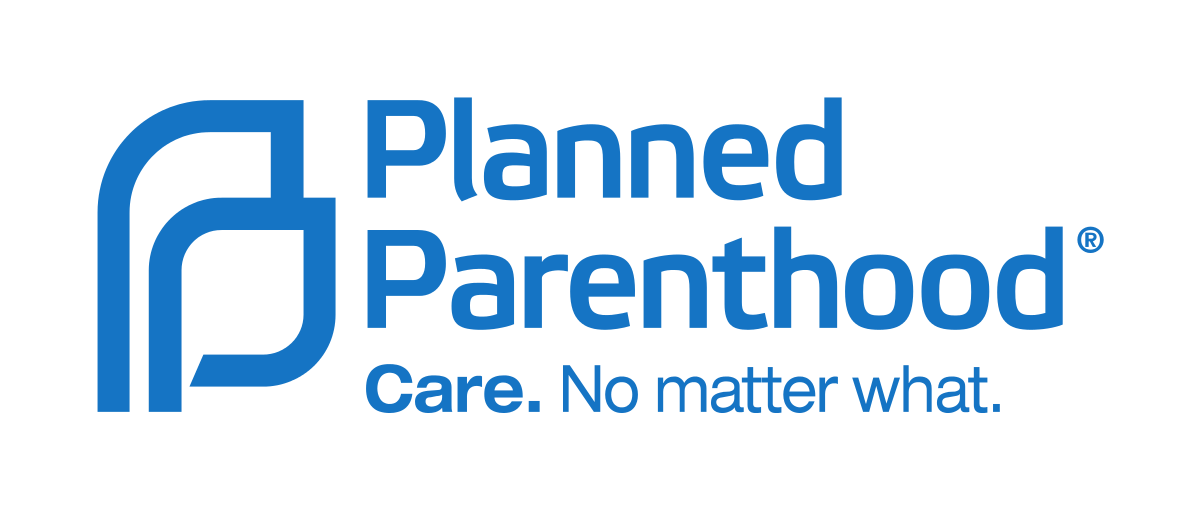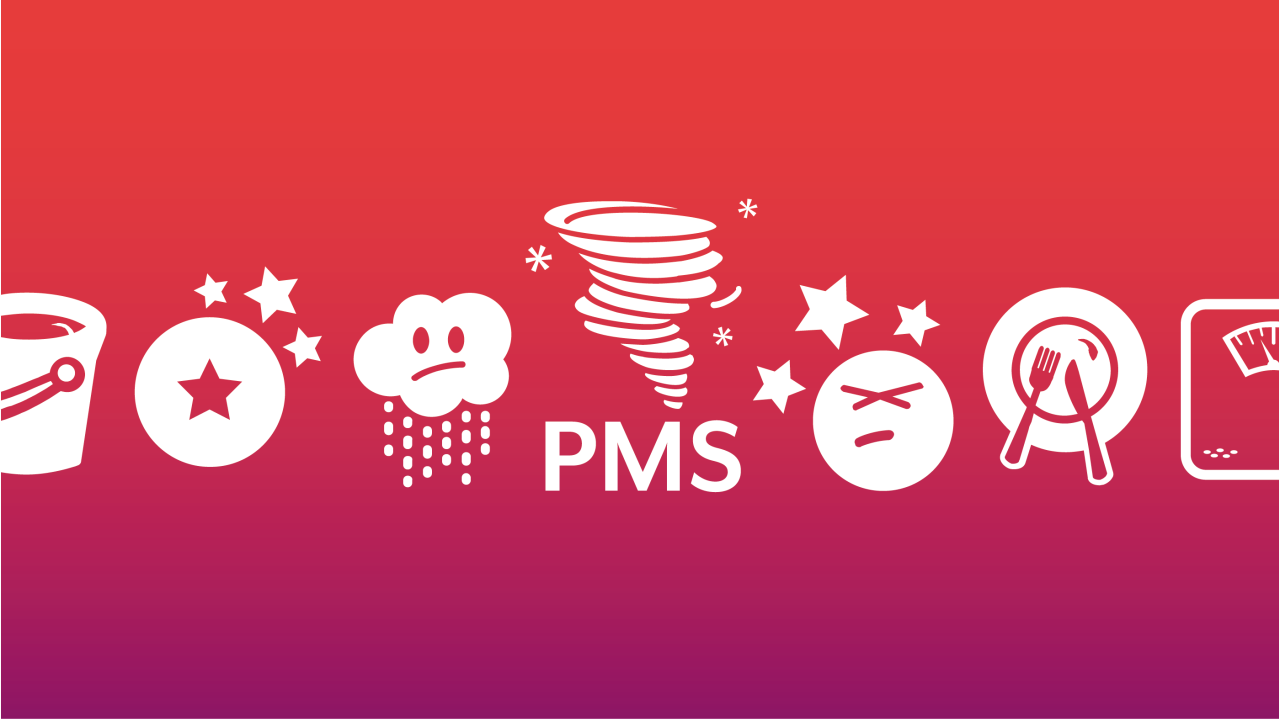Planned Parenthood: The Real Deal
During the recent election, one of the major issues that divided Barack Obama and Mitt Romney was their stances on abortions and women’s reproductive rights. Romney planned to cut funding to Planned Parenthood, a cut supported by many on the assumption that the federal funds help cover abortions.
While everyone is entitled to their own political opinion, it is crucial that these opinions are based on strong foundations of facts rather than just stipulations and propaganda. Since it is a hot topic, here are some actual facts pertaining to Planned Parenthood and their services, as well as a closer look at abortions and the effects abortions really have on the female body. It is important to note that abortions are only one of the many services that Planned Parenthood provides, and it’s actually one of the less used services.
Planned Parenthood is not simply an abortion clinic. It is a non-profit organization that provides health care services to men and women, reaching over three million people in the United States, and has even expanded to be an international effort. It started getting funding when Nixon signed the Family Planning Service and Population Research Act. The funding was for family planning services, including contraceptive and family planning information. By law, none of the funding can go to abortions, and in fact, the funds help educate millions and provide cancer screenings and other services that directly impact people’s health.
Even though none of the federal funds go to abortions, the fact of the matter is that abortions are clearly a big issue in America and a common procedure for women. One in three women in the U.S. will get an abortion by the time they are 45. While abortions are often discussed on the term of the fetus, the health of the pregnant female is also a concern. Like with any other procedure, abortions can be dangerous, especially if they are not done by professionals. However, when the risks of abortions are put into context and compared to the risks of childbirth, it becomes more clear that legal abortions are actually very safe, although the longer the pregnancy goes on, the more dangerous an abortion gets. If the procedure is done within the first twenty weeks, though, the risk for death to the mother is 11 times less than that of childbirth.
Mental health of women following an abortion has also been called into question, with many citing the psychological harm an abortion can have on a female. Many people definitely suffer from depression and anxiety following an abortion, and counseling after an abortion is always encouraged. But when the American Psychological Association (APA) created the Task Force on Mental Health and Abortions (TFMHA), they found no evidence to support that abortions proved to be detrimental to one’s health. They instead showed that supported “the prevalence of mental health problems observed among women in the United States who had a single, legal, first-trimester abortion for non-therapeutic reasons was consistent with normative rates of comparable mental health problems in the general population of women in the United States.”
Of course, there are people who do not support abortions due to their moral or religious views. As I’ve said, everyone is entitled to their opinion. But next time during a debate, one should stick to the facts, regardless of whether someone is identified as a pro-choice, pro-life, or anything in between.
Article by Theresa Strenio
Feature Image Source: Wikipedia
























